No products in the cart.
Anti Arthritis Gloves With Finger & Hand Support Compression
£9.99inc VAT
- 1x pair of Anti-Arthritis Gloves with soothing warm finger & hand compression designed to help ease pain, stiffness and swelling.
- These gloves aren’t just for people with arthritis they are also ideal for treating a range of different hand injuries and conditions including carpal tunnel, tendonitis, fibromyalgia, neuropathy, and joint swelling.
- Targetted compression provides soothing and comfortable pain relief for arthritic joints in your fingers and hands.
- Helps boost blood circulation to your hands.
- Great for daily wear with open fingertips that allow for full freedom to touch, feel and grip.
- Made from a blend of soft, skin friendly cotton, polyester and spandex material that is extremely durable.
- Available in sizes Small, Medium & Large.
- Includes a full 30 day money back guarantee.
- Size Guide (Measure around the hand)
- Small (13-17cm), Medium (17-20cm) and Large (20-24cm)
3 Reviews For This Product
Fast & Secure Checkout Through Paypal
Pay with Paypal the secure payment gateway that accepts all credit and debit cards. Paypal is free and secure and no credit or bank information is ever stored or shared with us.
Fast Dispatch
Enjoy your items soon with quick dispatch via Royal Mail First Class. Expect to have your items between 1-3 days for domestic orders. 7-10 Working days for international orders.
Return Policy – 30 Day Money Back Guarantee
We are so confident that you will just love our product that we offer a full 30 day money back guarantee. In the unlikely event, you are unhappy with your purchase you can simply return it within 30 days for a refund. Please contact us via the form on the contact us page to start your return.
To return an item please send it to: Nuova Health UK, 81 Highfield Lane, Waverley, Rotherham, S60 8AL. Please include a note with your order id so we know who to refund. Please retain your postage receipt as proof of postage. All that we ask is that the item is in the original packaging and unused.

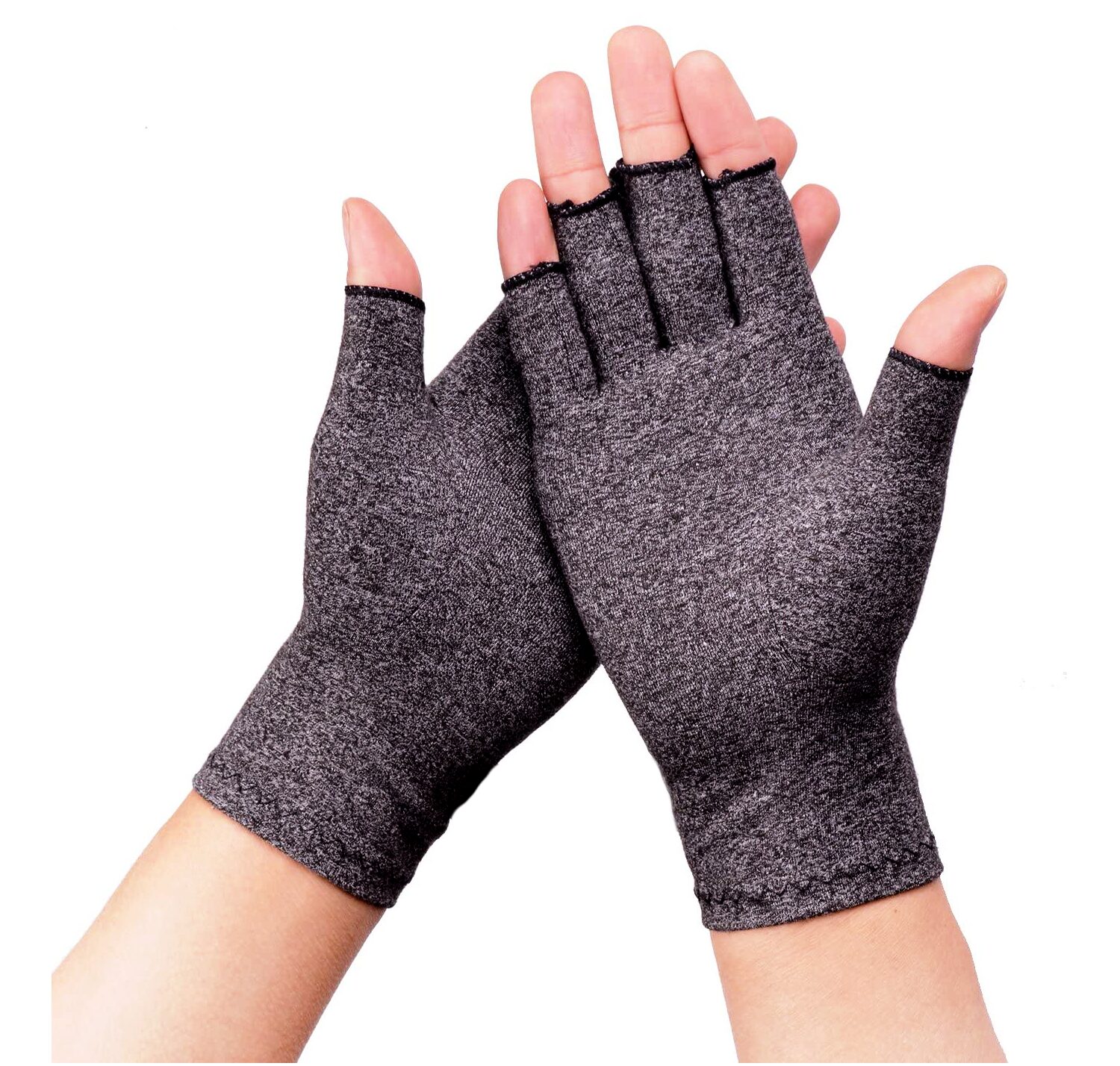
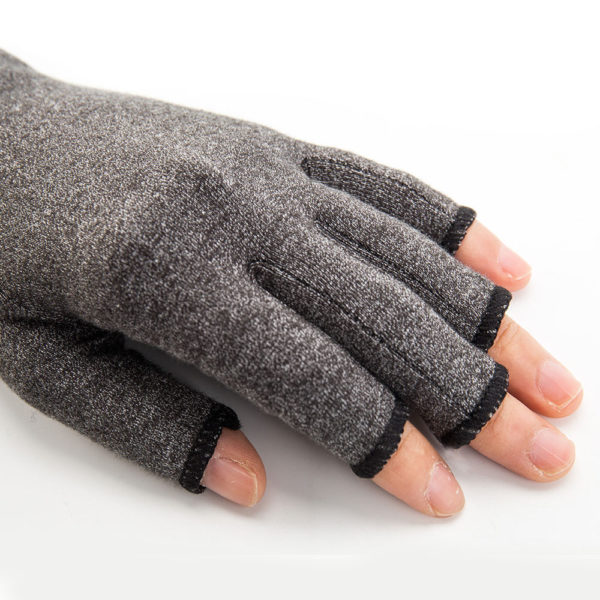
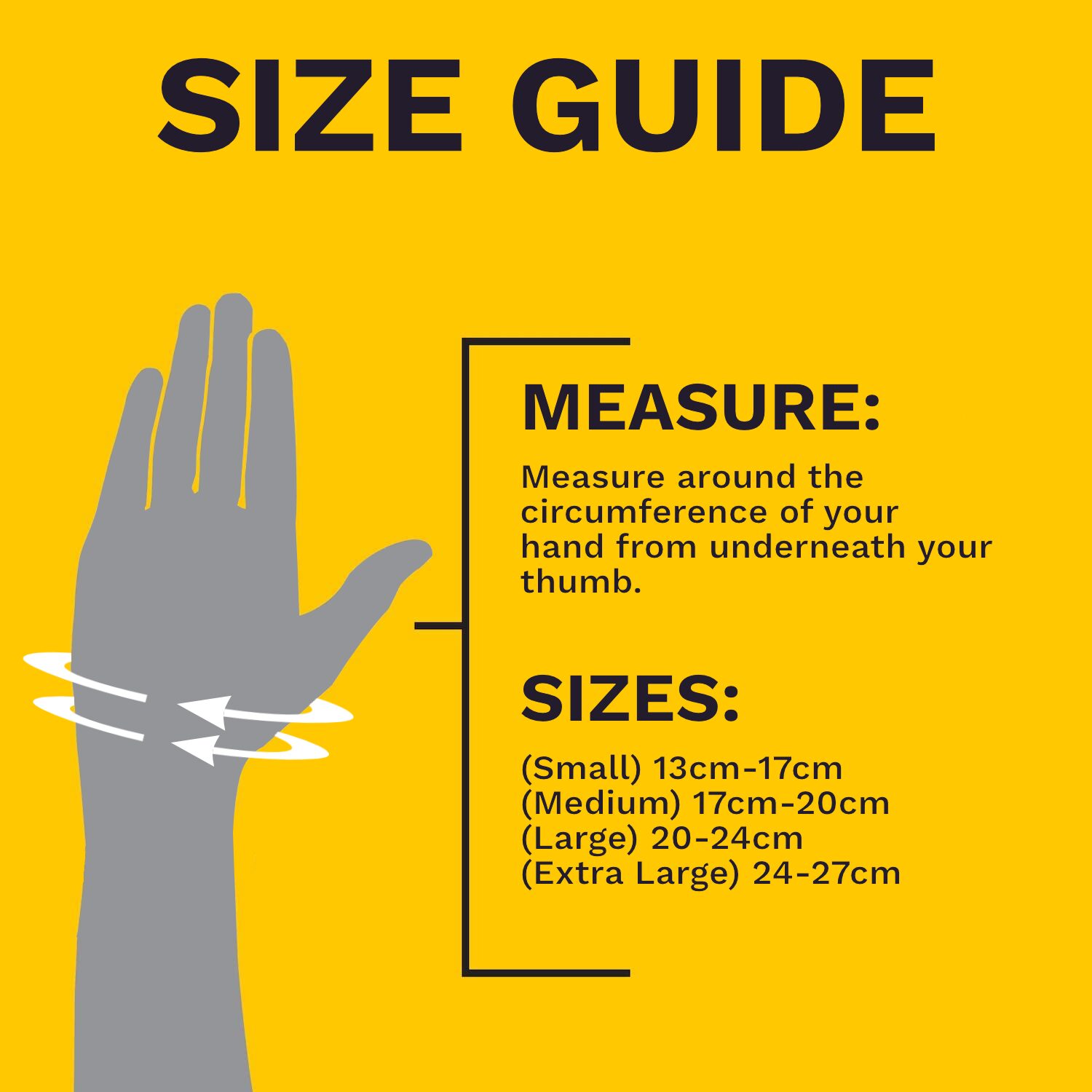
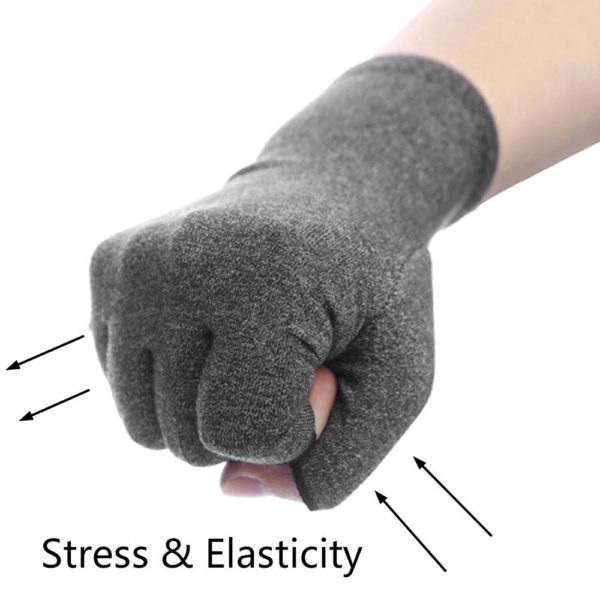

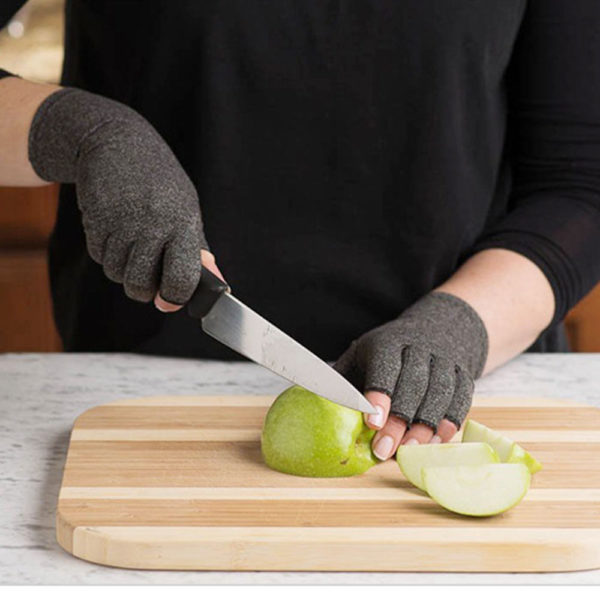
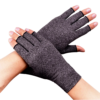
by Sue
I started wearing these gloves to help with my arthritis and they have been an amazing help. Aches and pains in my hands have greatly reduced and I have a lot more mobility in my hands since wearing them!
by Martin L
They feel great 🙂
by Michael Locatelli
This is a great product, and will relieve arthritis